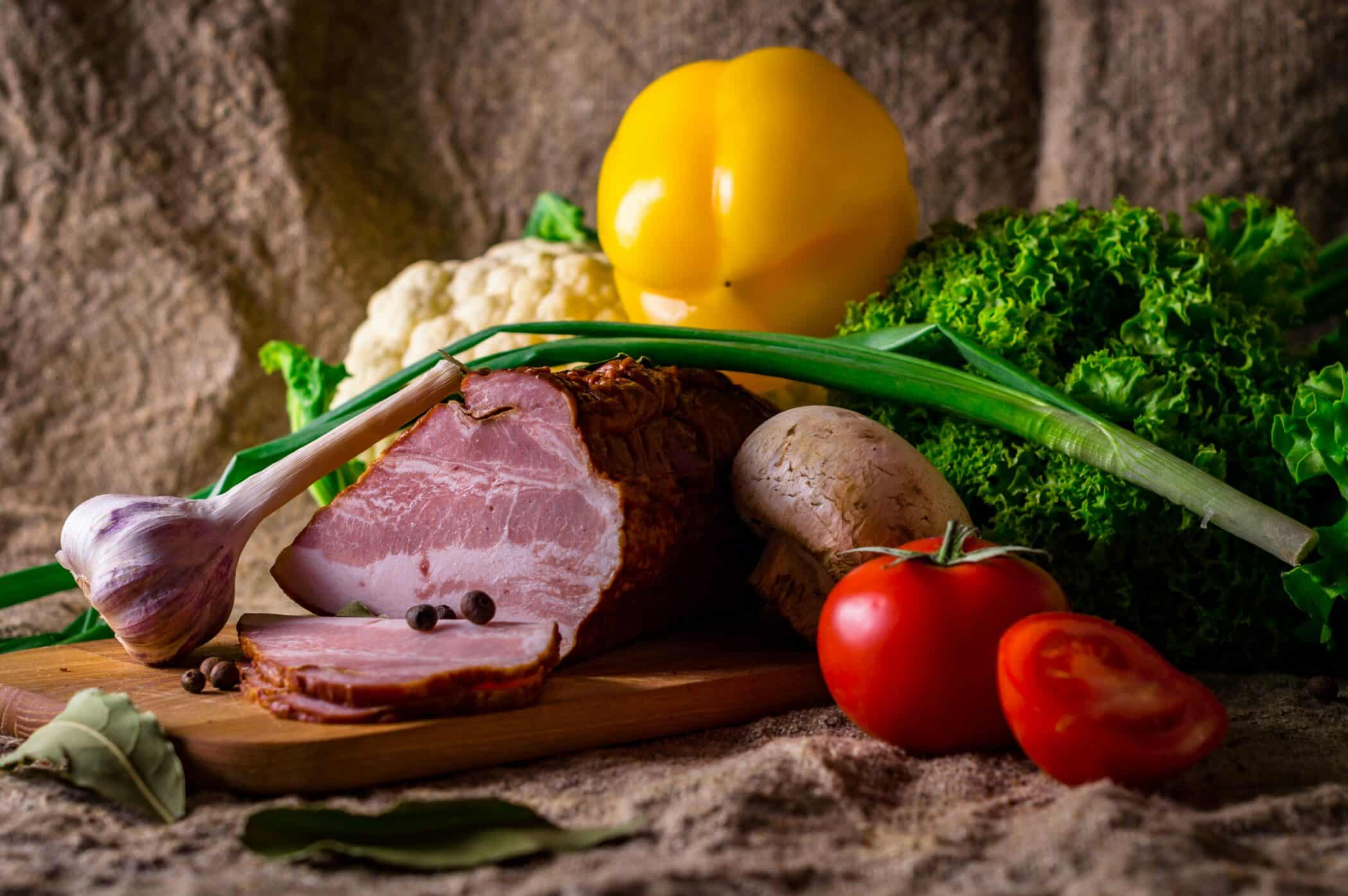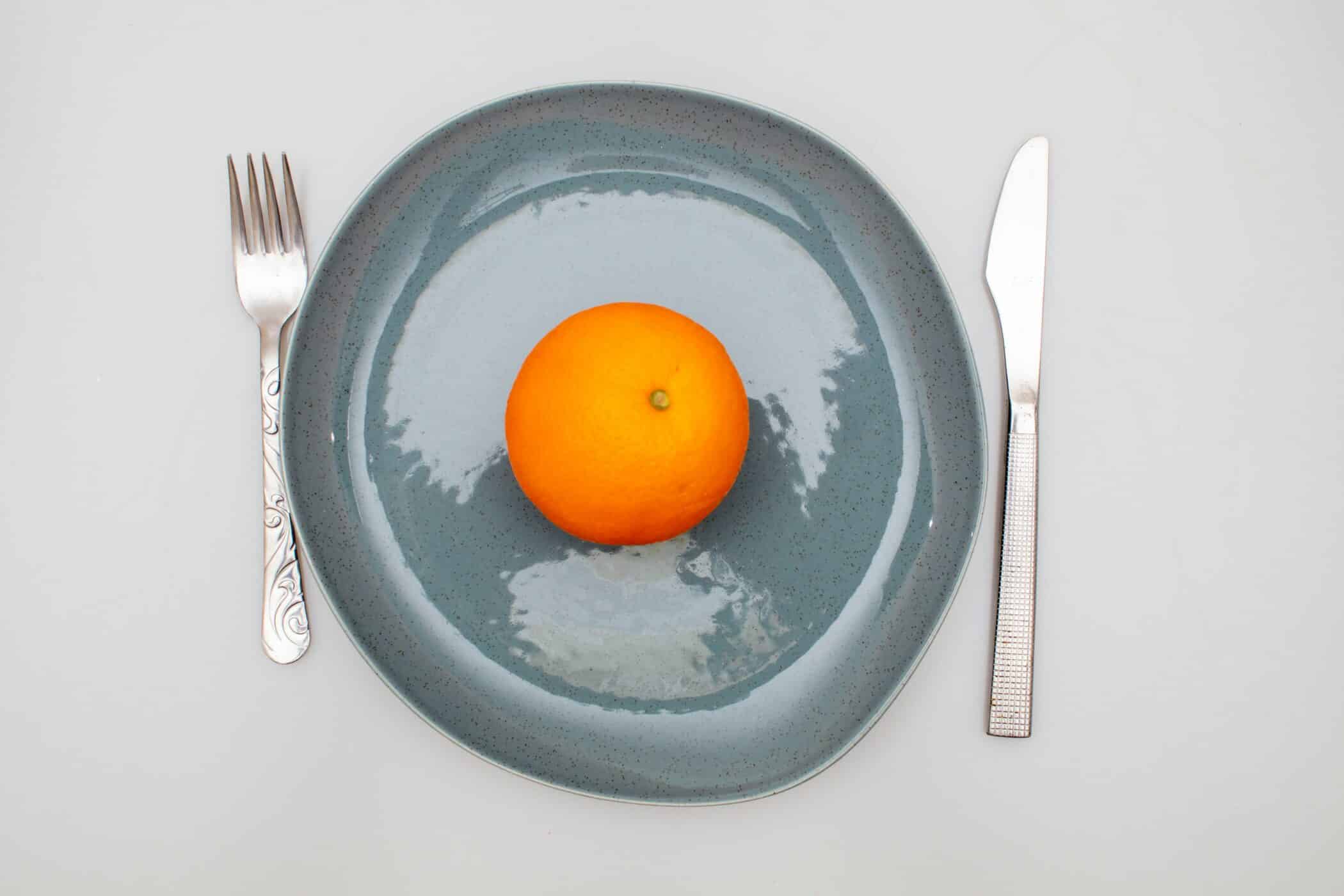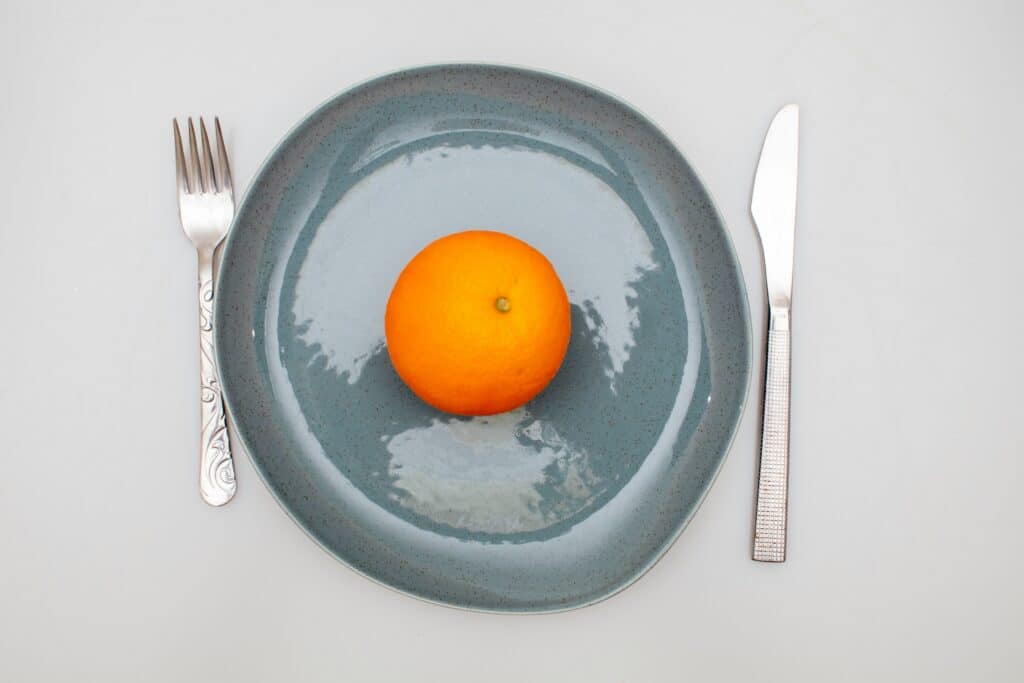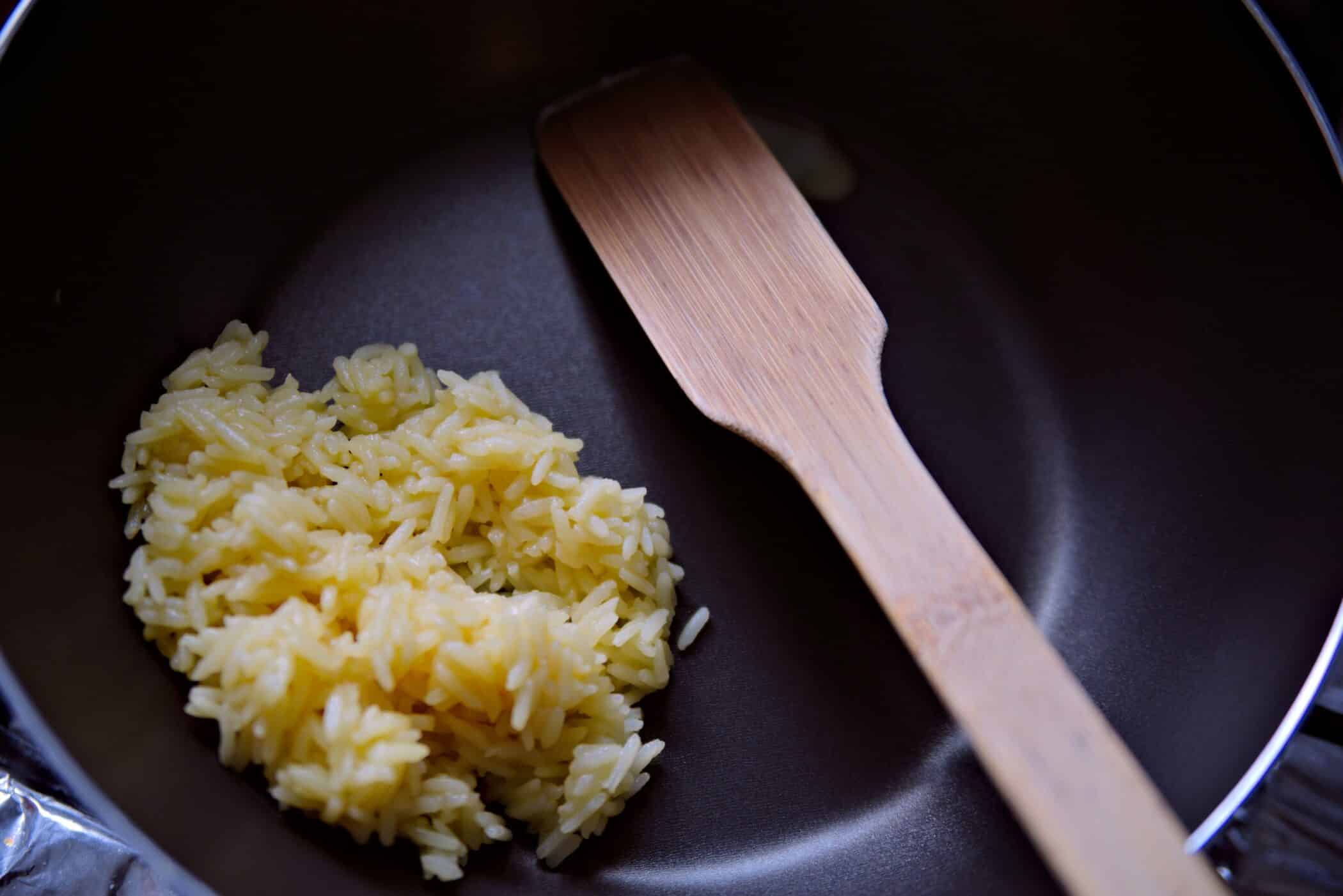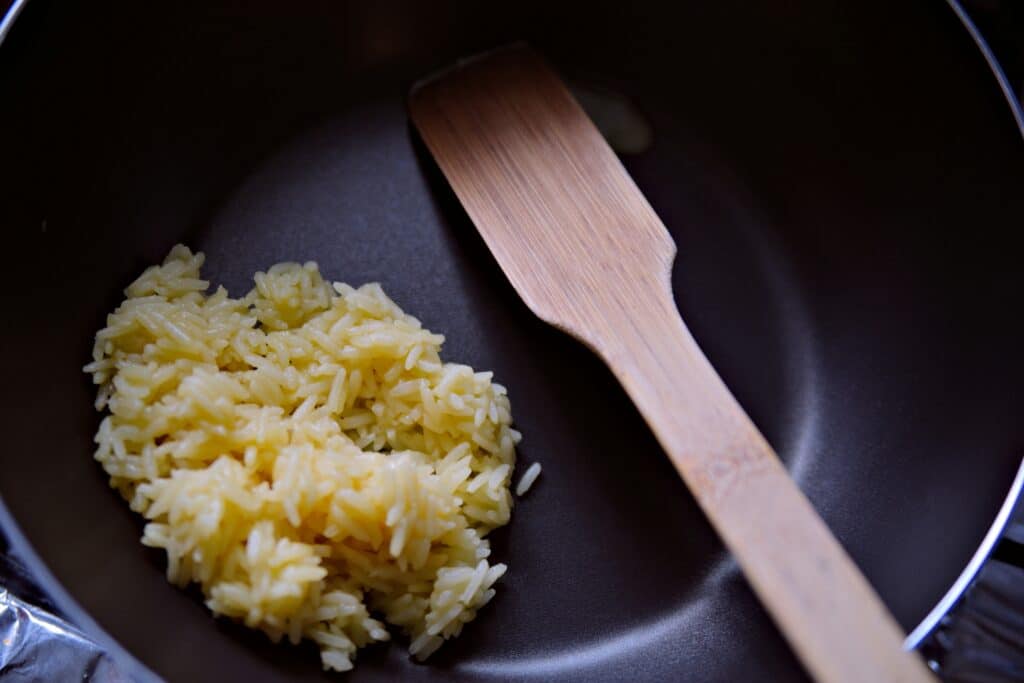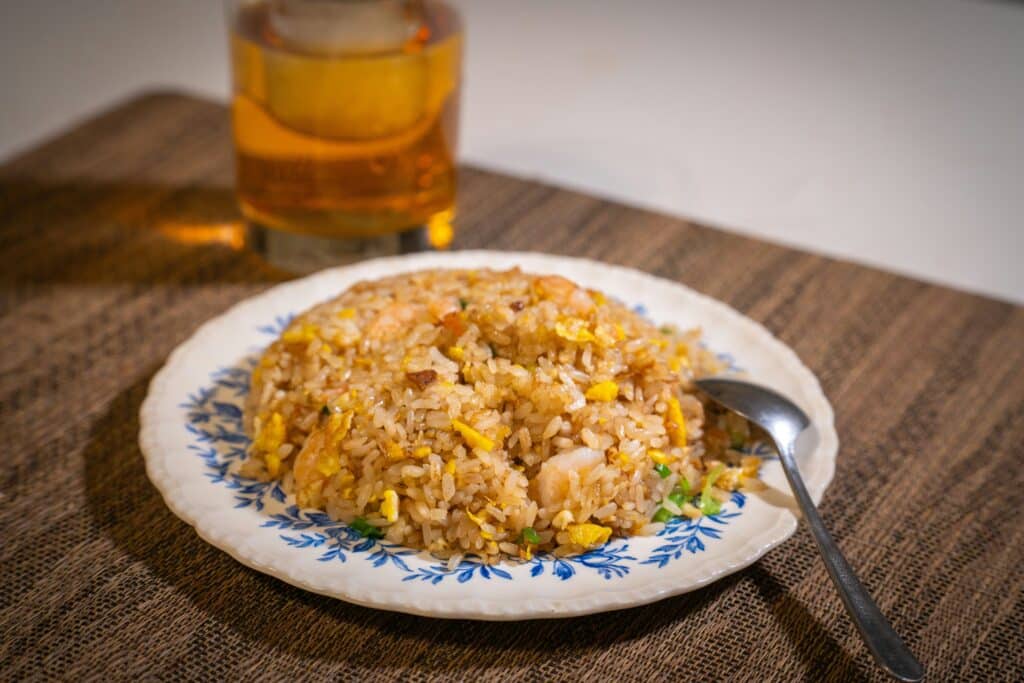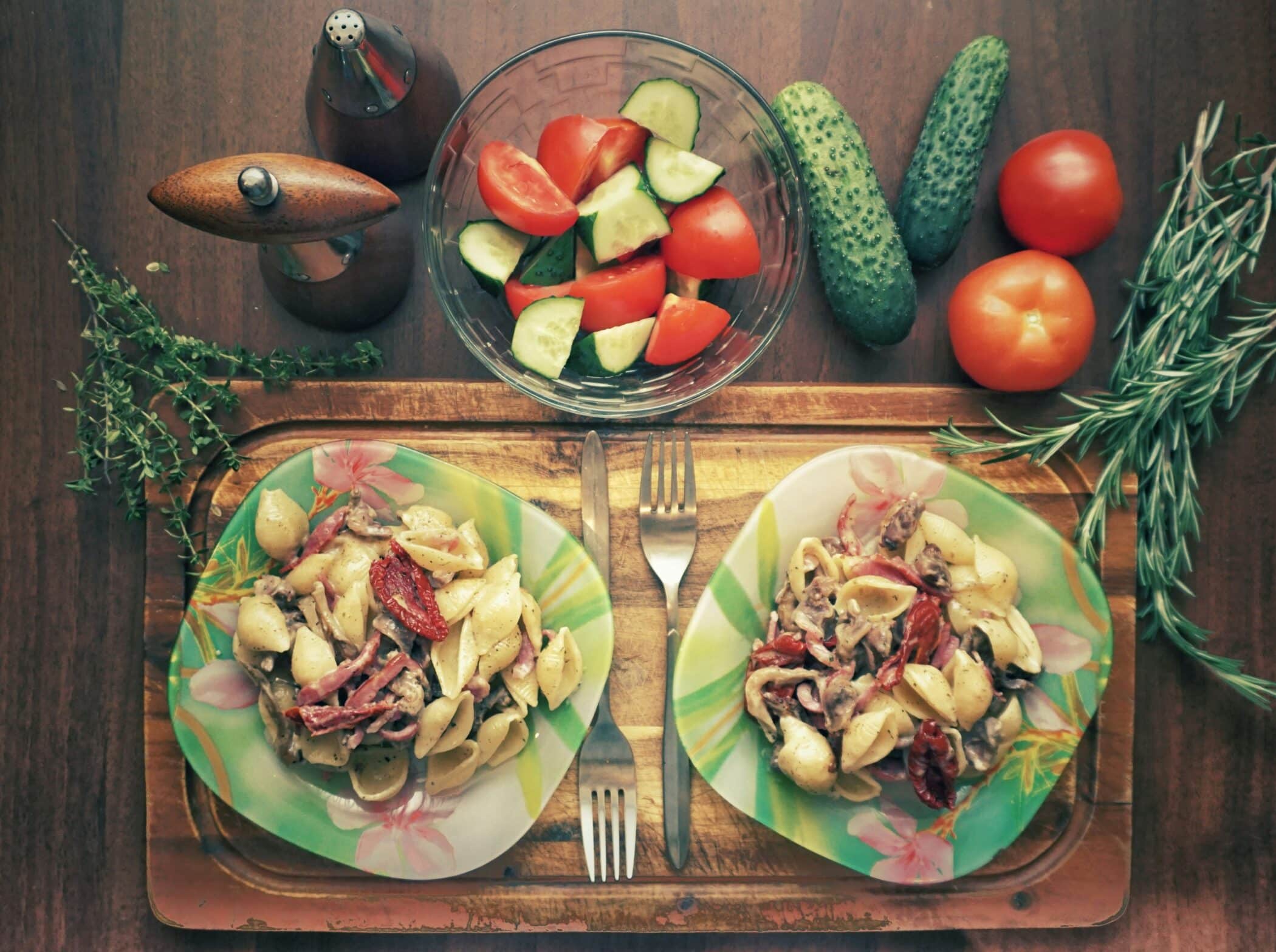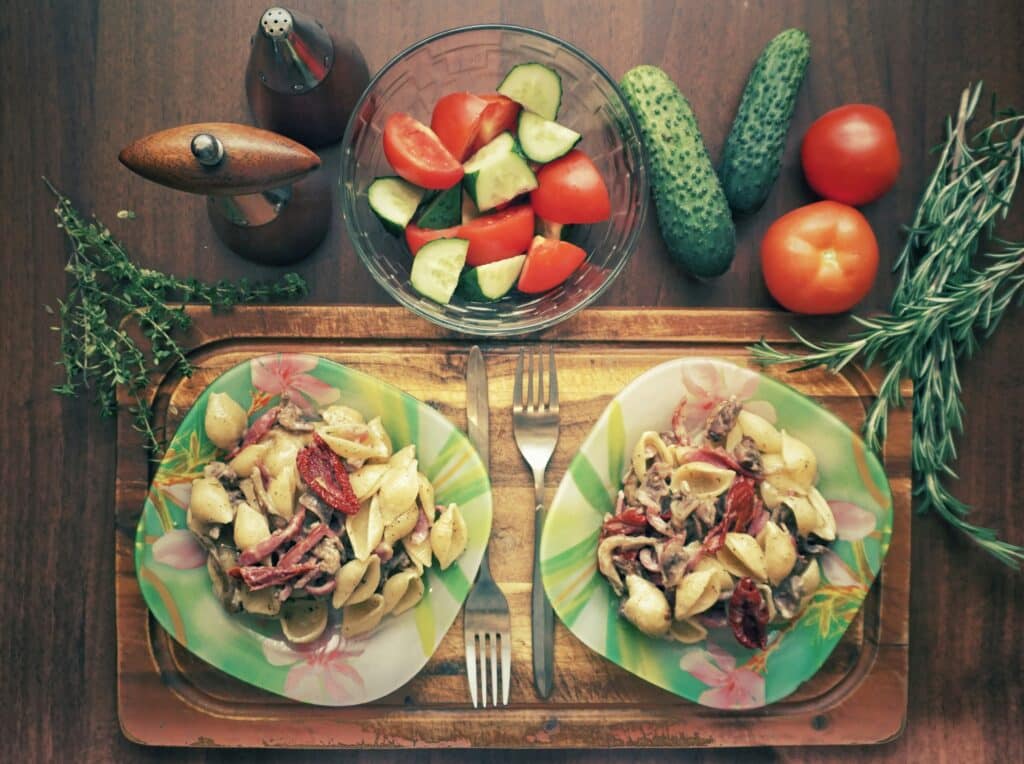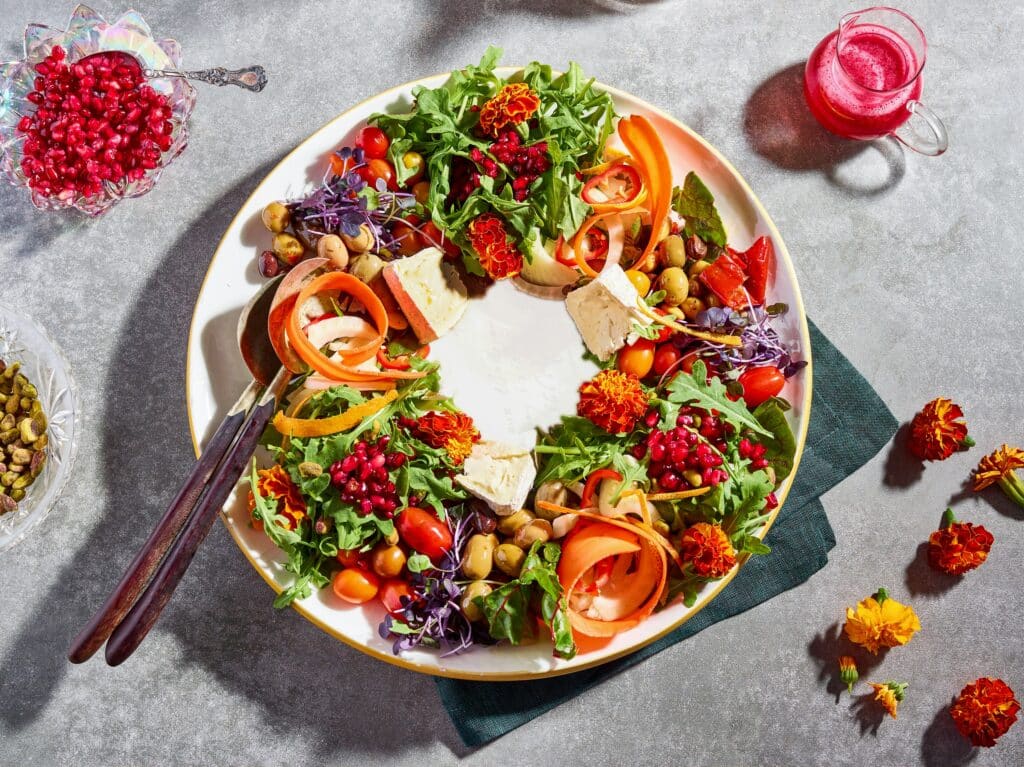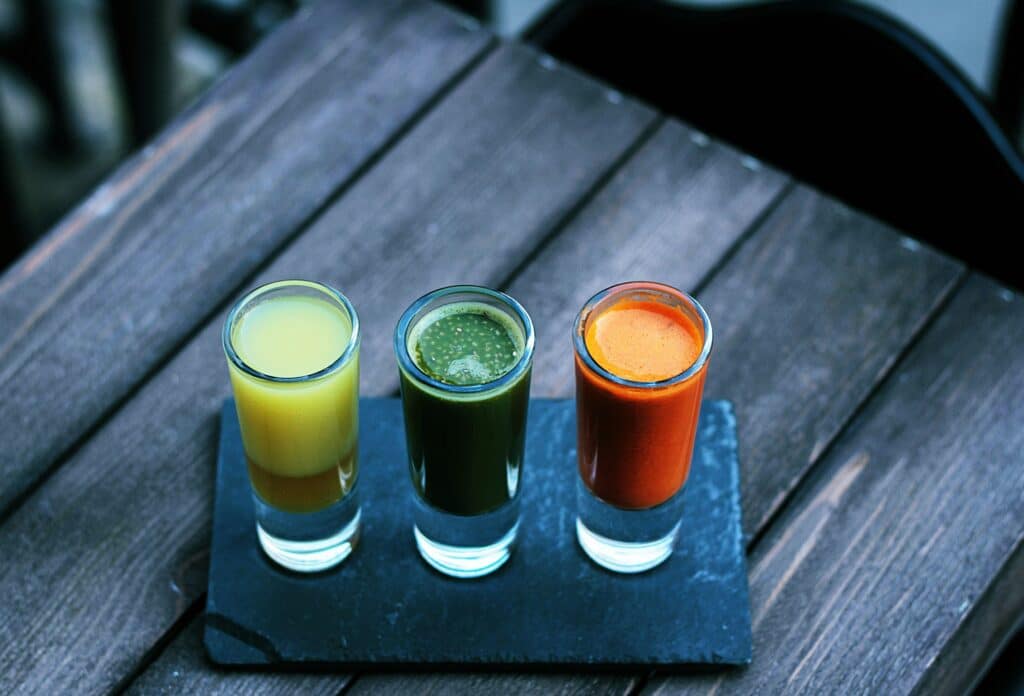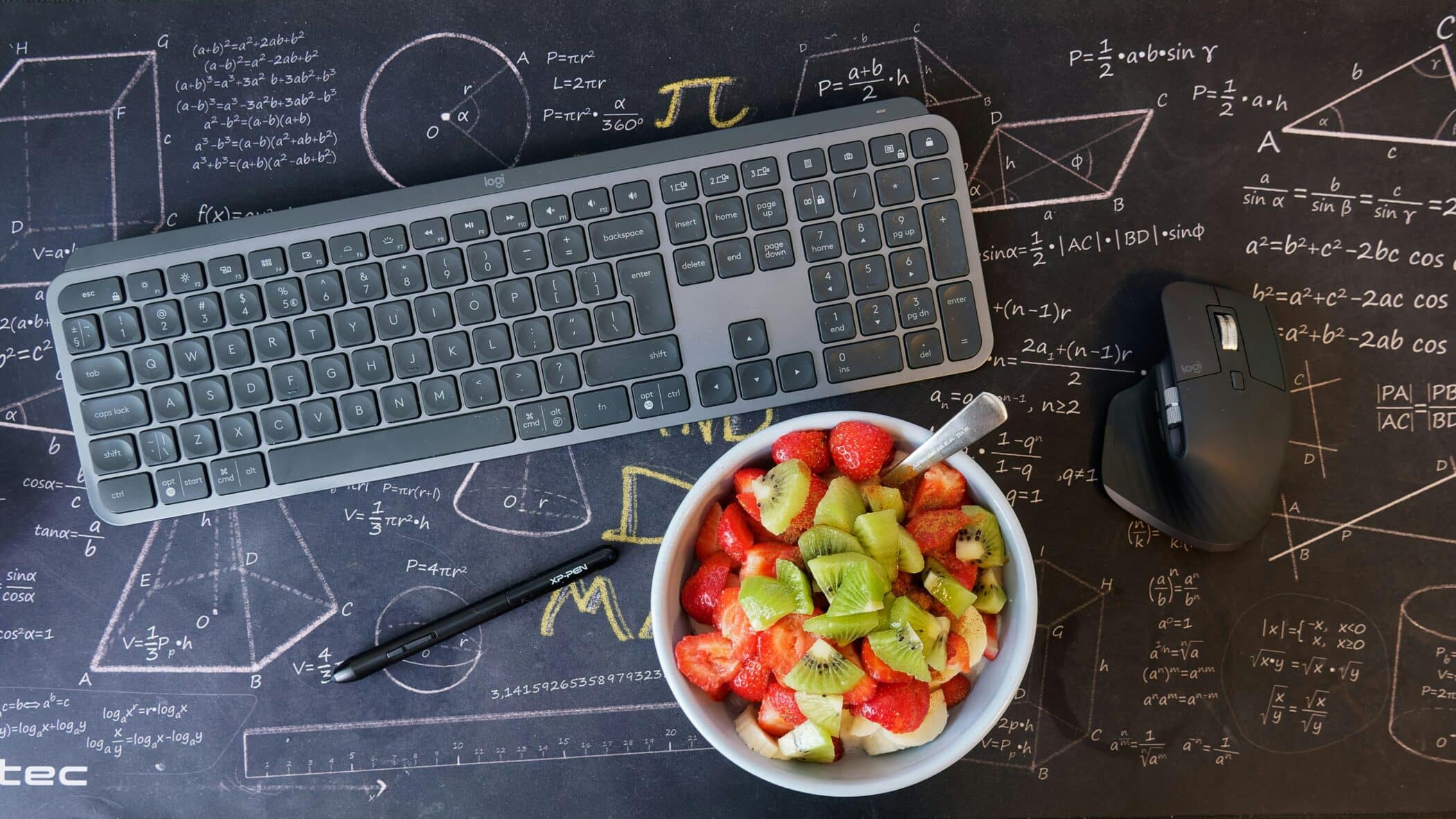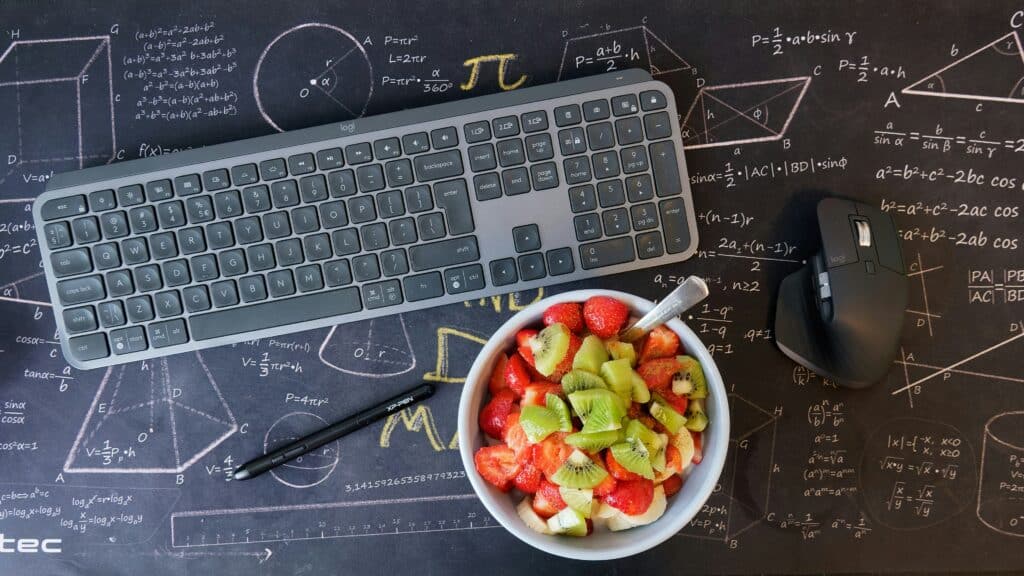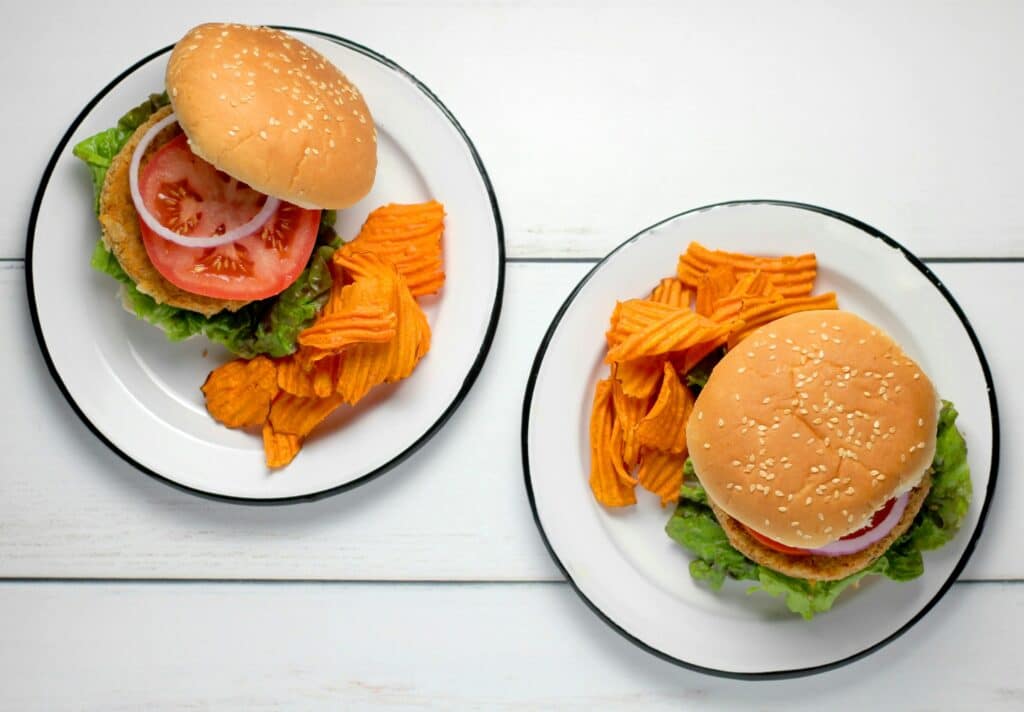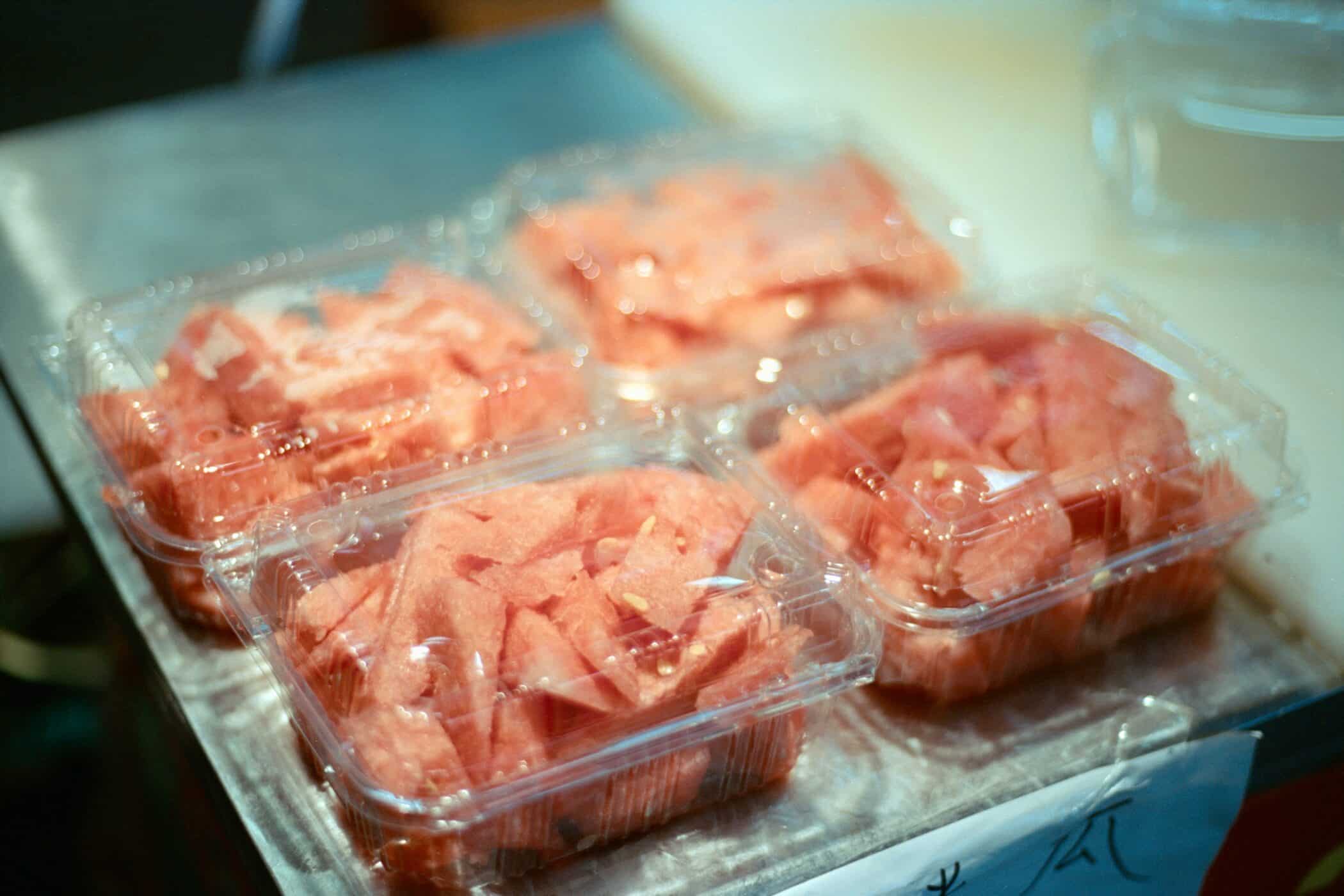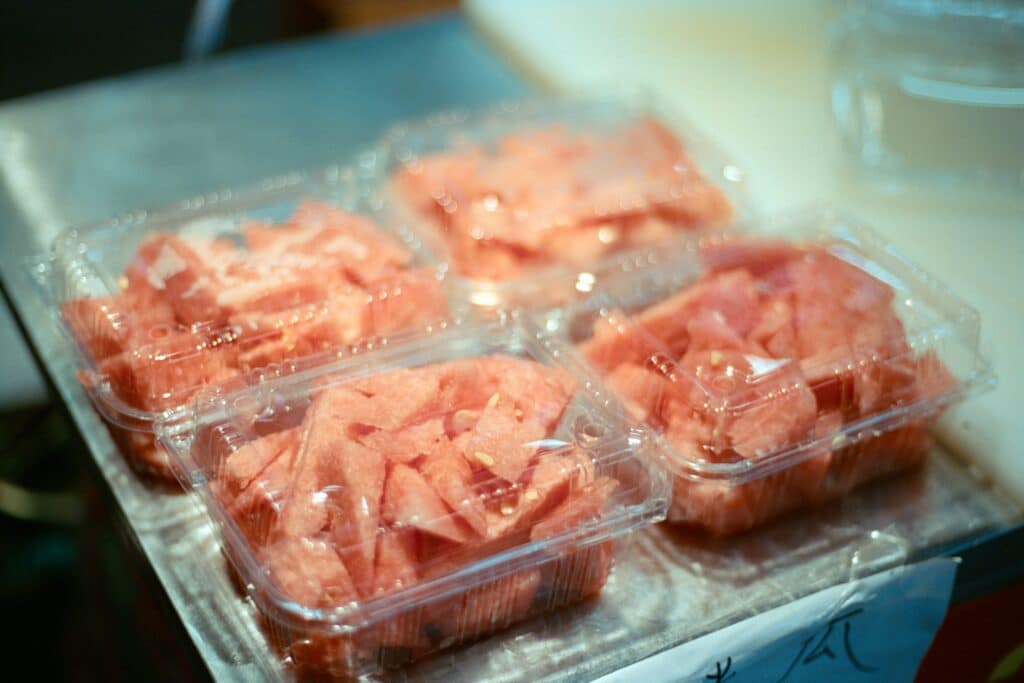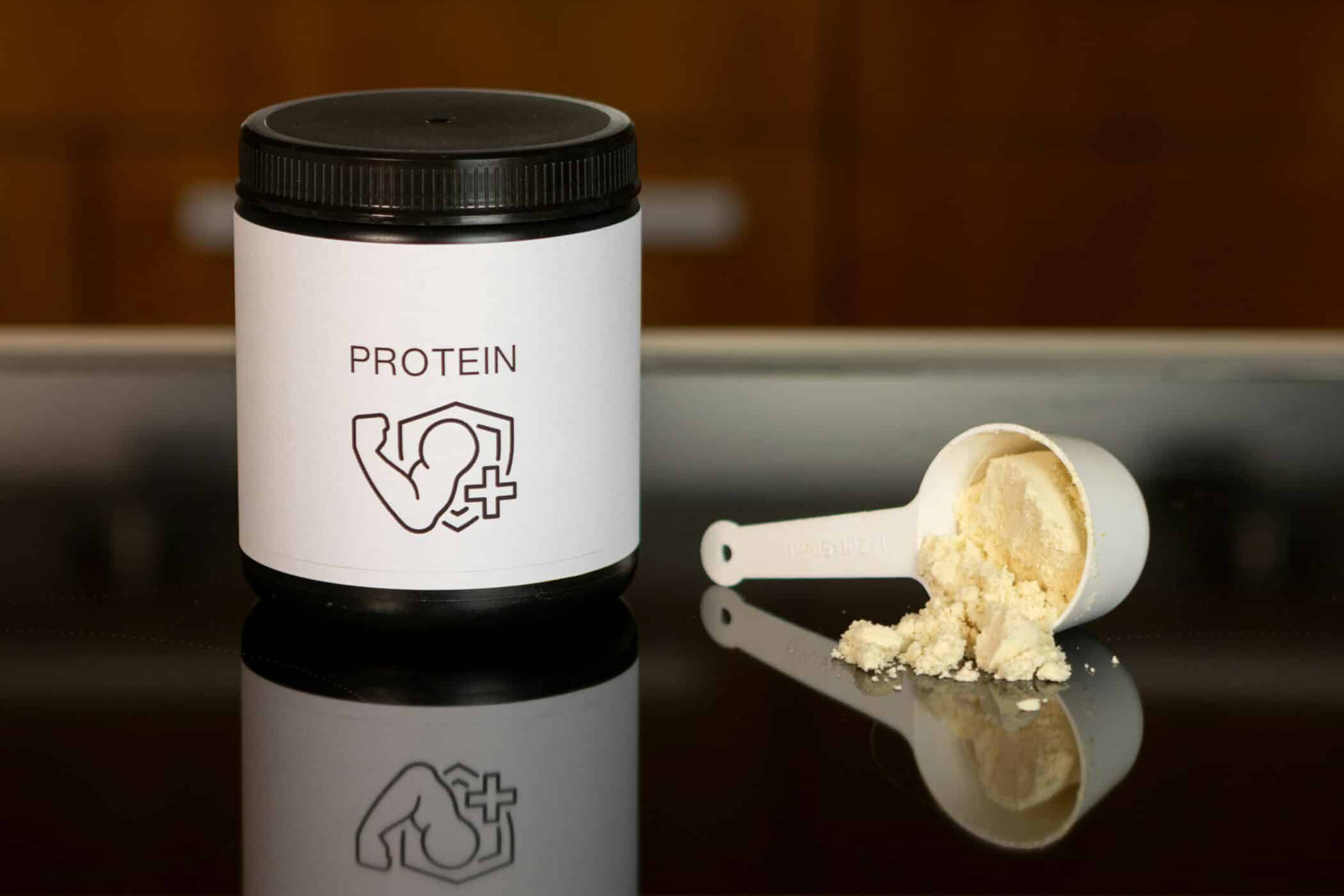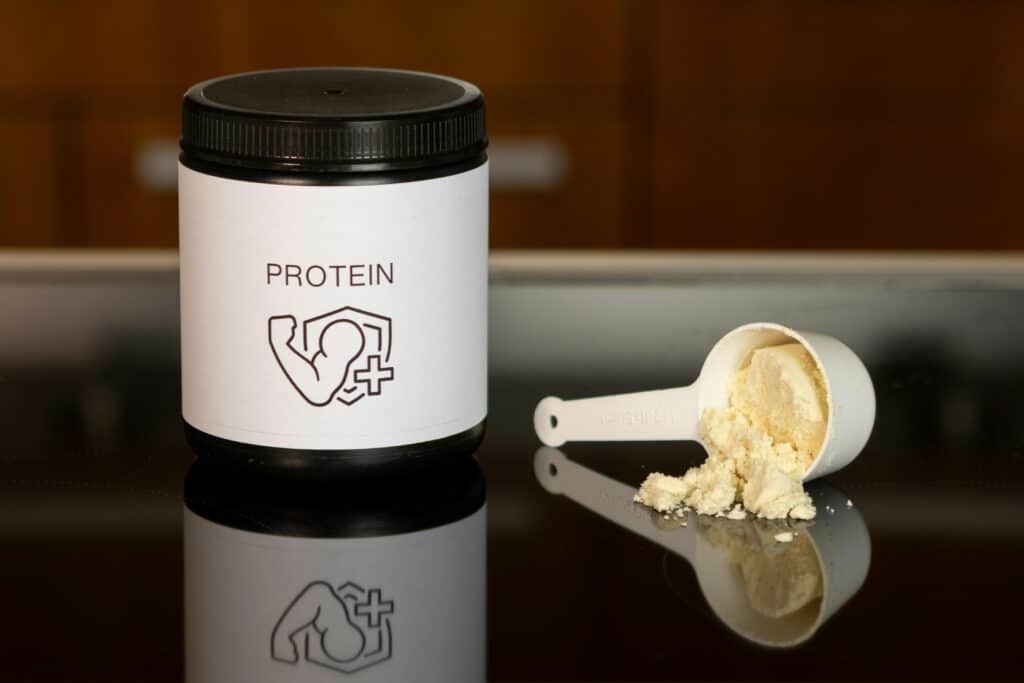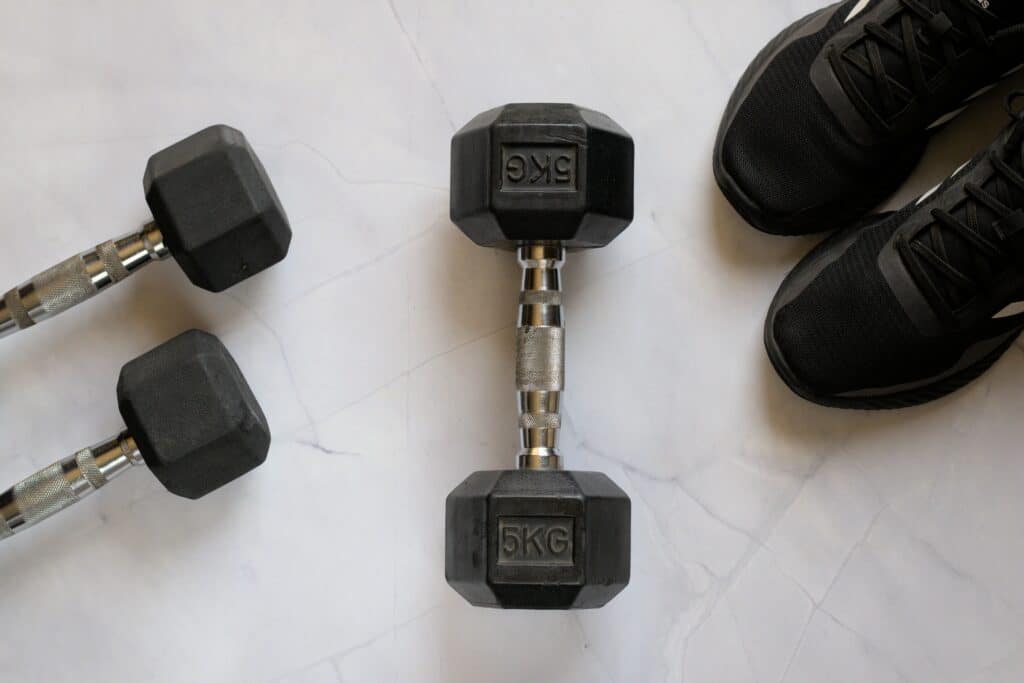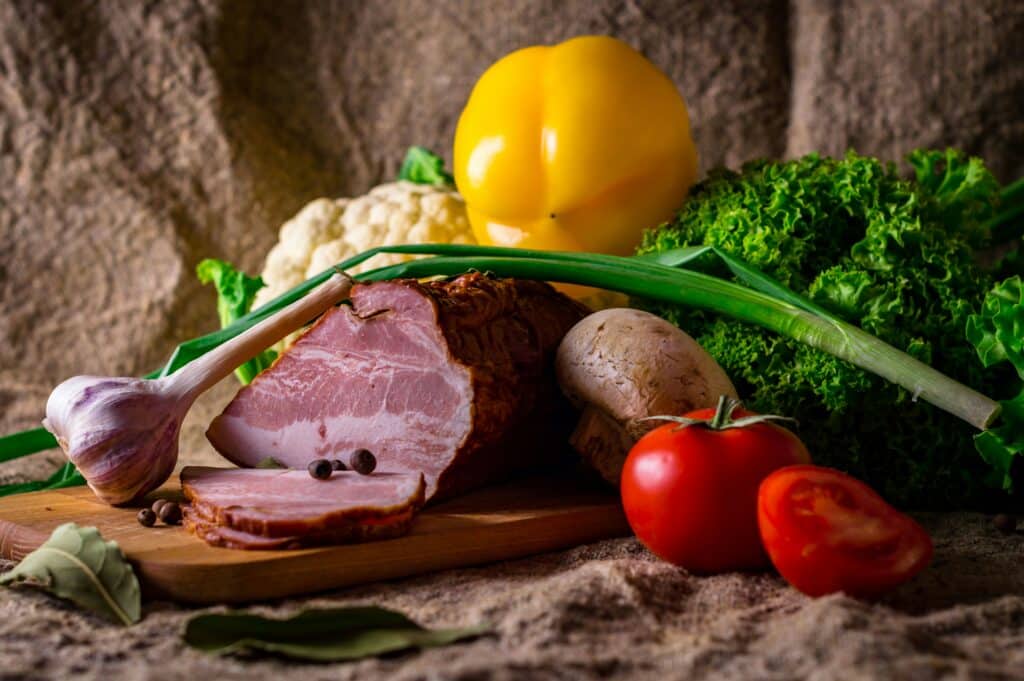
When we want to maintain a healthy diet, fresh and lean proteins come into play. Lean proteins are the nutritional powerhouses that offer a range of benefits to our bodies. They contribute to muscle growth, support heart health, and even enhance cognitive function.
Hence, appropriate amounts of fresh and lean proteins are necessary for those benefits. That’s why we’ve compiled a list of the best fresh and lean proteins you should include in your diet. We’ve also included delicious recipes to inspire your next culinary endeavors.
Why are fresh and lean proteins important for your body?
Fresh and lean proteins bring various health benefits regardless of your weight goals.
Protein is a crucial ingredient for building and repairing muscle tissue. When you work out, you put your body through mechanical stress. That causes the muscles to stretch and contract, thus creating microtears. That signals your body needs to recover and repair those microtears.
That’s where the protein gets involved in the process. They’re the vital nutrient that helps your body recover and make the muscle bigger and stronger.
Protein is the central part of weight management and satiety. They’ll make you feel fuller sooner and for more extended periods. Hence, adding more fresh and lean proteins to your diet will prevent you from overeating.
It’s also a great way to prevent excessive snacking between meals. Proteins require more energy to digest. That increases your metabolic rate and helps your body to burn more calories.
Another significant advantage of fresh and lean protein intake is that it lowers the risks of chronic diseases. With adequate intake, you’ll reduce the risks of heart disease and type 2 diabetes. Furthermore, protein intake supports a healthy immune system. That will help your body to defend against infections and illnesses.
Finally, protein brings the benefit of maintaining your bones healthy. They naturally weaken as you age, leading to fractures and osteoporosis. But with an adequate protein intake, you can prevent those diseases and support your bone density and strength.
Best fresh and lean protein sources
These fresh and lean protein sources are the top choices you should add to your diet.
Skinless poultry
Chicken and turkey breast are excellent sources of high-quality lean protein. They are low in fat and can be prepared in various ways. That versatility allows you to add them to various recipes.
Fish
Fatty fish like salmon, trout, and sardines are rich in fresh and lean protein. On top of that, they provide heart-healthy omega-3 fatty acids. These fatty acids have anti-inflammatory, cardiovascular, brain function, and numerous other benefits. Check out our pescatarian meal plan and enjoy a variety nutrient-dense options.
Eggs
Eggs are one of the best sources of protein. They contain all essential amino acids to support vital bodily functions. They’re also versatile, making it effortless to include them in countless meal options.
Low-fat dairy products
Low-fat dairy products like Greek yogurt, cottage cheese, and skim milk are excellent lean protein sources. Greek yogurt offers probiotics for gut health. It also provides you with calcium and vitamin D.
Cottage cheese is protein-rich and low in calories, ideal for weight management. Skim milk provides protein, calcium, and vitamin D. These nutrients support bone health and overall well-being.
Legumes
Legumes are a plant-based source of lean protein. That includes:
- lentils;
- beans;
- black beans;
- kidney beans ;
- chickpeas;
- peas.
These versatile legumes are packed with nutrients that benefit your body’s optimal function. Apart from being rich in protein, they’re also high in fiber. That helps with digestion and makes you feel full sooner. Additionally, they provide other essential nutrients like iron and magnesium, making them a must for your meal plan.
Skinless turkey or chicken sausages
Skinless turkey or chicken sausages offer a flavorful and lean protein option. These sausages are lower in fat than traditional pork sausages. You can prepare them in various ways, and they come in a variety of flavors to suit different tastes.
Wheat gluten
Wheat gluten, also known as seitan, is a meat substitute made from gluten protein. It’s a high-protein option that’s low in fat and carbohydrates. It absorbs flavors well and has a chewy texture. It’s a very popular choice in vegetarian and vegan diets.
It provides iron and selenium, which are antioxidants and a great energy source. You can prepare them in multiple ways and use them as a meat alternative in your recipes.
Fresh and lean protein recipes
Now that we’ve covered some of the best fresh and lean protein sources let’s dive into simple recipes containing those ingredients.
Grilled lemon herb chicken with quinoa salad
Marinate skinless chicken breasts in lemon juice, garlic, and herbs. Grill until cooked through. Serve alongside a quinoa salad with diced vegetables. Add feta cheese and a lemon vinaigrette.
Baked salmon with roasted vegetables
Season salmon filets with herbs, olive oil, and grated lemon peel. Bake until flaky. Roast a mix of colorful vegetables (such as bell peppers and cherry tomatoes) for a nutritious side.
Vegetable omelet with spinach and feta
Whip up a protein-packed omelet with eggs, sautéed spinach, and crumbled feta cheese. Serve with whole grain toast and a side of fresh fruit.
Greek yogurt parfait
Layer low-fat Greek yogurt with mixed berries and granola. Drizzle a little honey for a delicious and nutritious breakfast or snack.
Mediterranean chickpea salad
Combine:
- cooked chickpeas;
- diced cucumbers;
- cherry tomatoes;
- red onion;
- chopped fresh herbs.
Toss with a light vinaigrette made from lemon juice, olive oil, and garlic.
Sausage and vegetable skewers
Thread onto skewers:
- skinless turkey or chicken sausages;
- bell peppers;
- onions;
- cherry tomatoes.
Grill or broil until sausages are cooked, and vegetables are slightly charred.
Stir-fried tofu and veggies
Sauté tofu cubes with colorful bell peppers, broccoli, and snap peas in a flavorful stir-fry sauce. Serve over whole wheat noodles or brown rice.
Seitan stir-fry with broccoli and cashews
Stir-fry seitan strips with broccoli florets, bell peppers, and cashews in a savory sauce. For the sauce, mix soy sauce, ginger, and garlic. Serve over steamed brown rice.
In summary
Proteins are the building blocks of our body. As such, we must consume enough fresh and lean protein throughout the day to keep our bodies functioning correctly.
With their weight management and muscle-building properties, fresh and lean proteins are crucial for everyone that wants to improve their overall health.
Add these ingredients and recipes to your diet and embark on a journey for a new and improved self.

